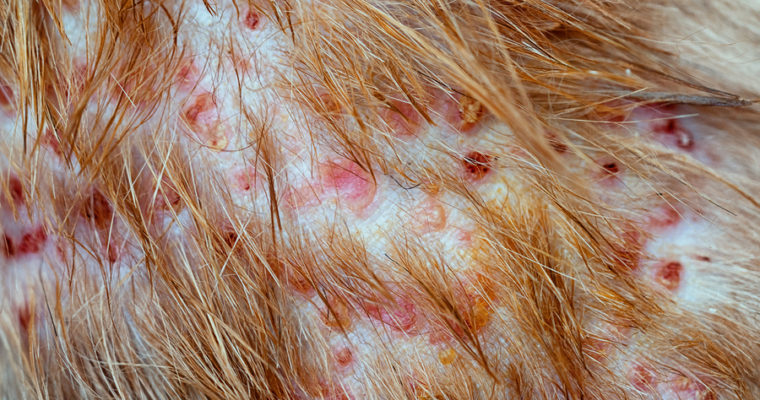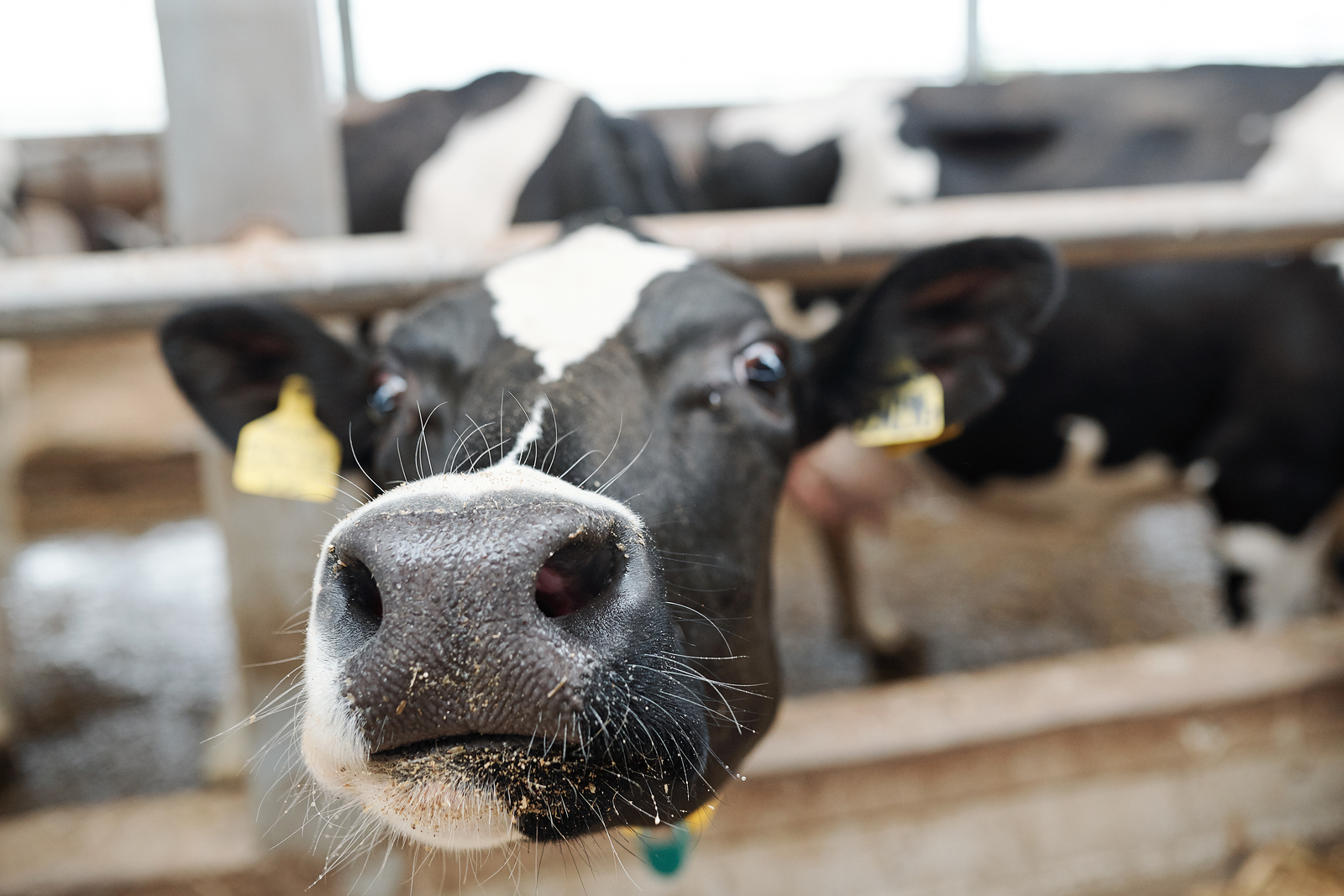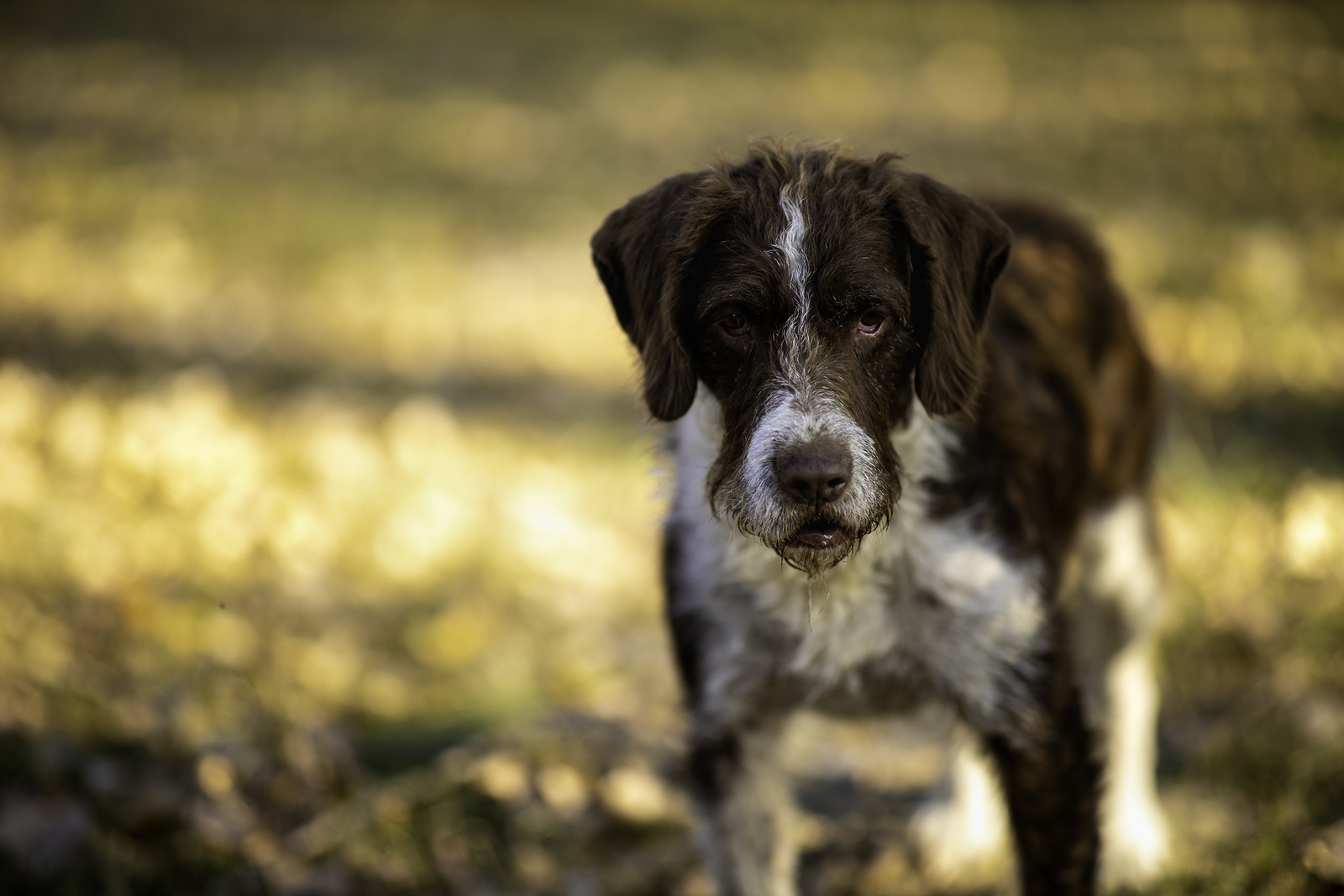Can Cats Eat Bell Peppers? [Safety Warning]
Can cats eat bell peppers? The short answer is yes. Your cat can safely eat bell peppers. The long answer (below) is that you should not feed your cat bell peppers, especially as a part of your cat’s diet. Bell peppers have no nutritional benefits,…
![Can Cats Eat Bell Peppers? [Safety Warning]](https://whitneyliving.com/wp-content/uploads/2021/06/can-cats-eat-bell-peppers-760x400.jpg)


